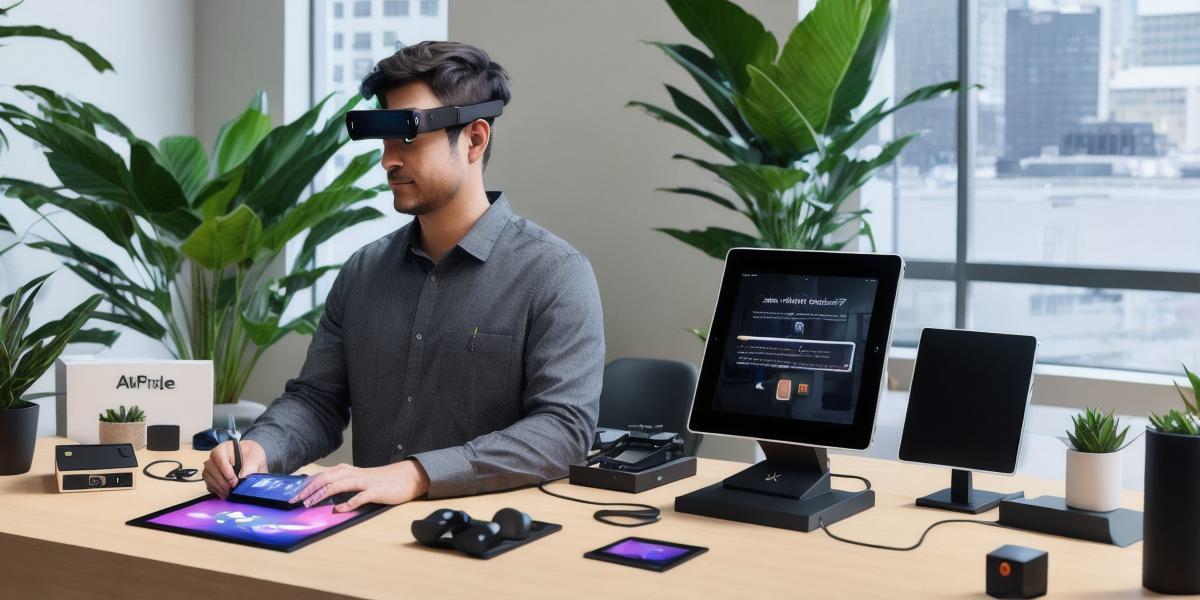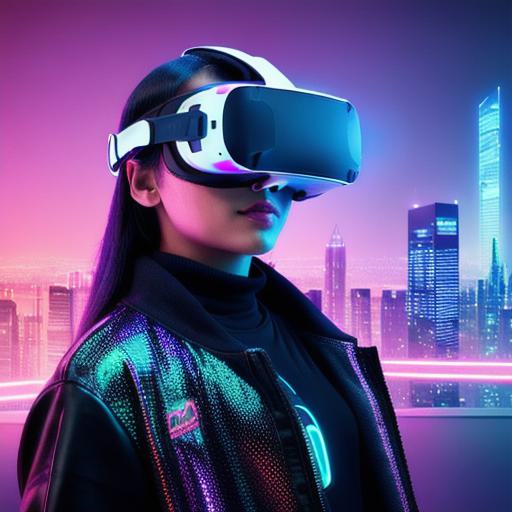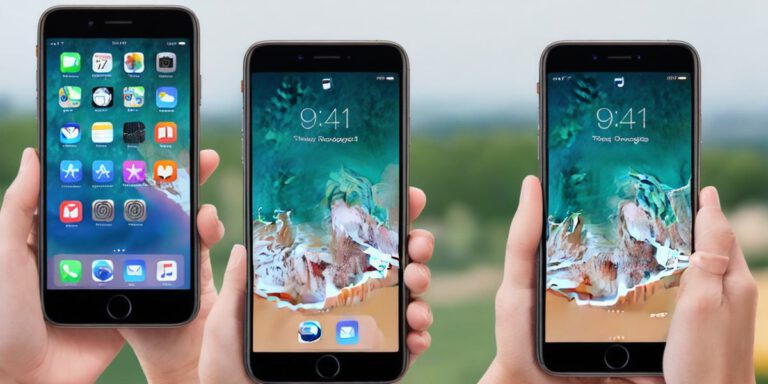What’s New in ARKit: Exploring the Latest Developments and Trends

Introduction:
Augmented reality (AR) technology has come a long way since its inception, and ARKit, Apple’s AR development framework for iOS and macOS, has been at the forefront of this evolution. In this article, we will explore some of the latest developments and trends in ARKit, as well as case studies and personal experiences to help you understand how AR is being used in various industries.

New Features in ARKit 4:
ARKit 4 was recently released with several new features that have the potential to revolutionize AR development. One of the most notable changes is the ability to track surfaces more accurately, which allows for better augmentation and more realistic experiences. Additionally, the new Depth API provides developers with more control over how objects interact with the real world, allowing for more complex and interactive experiences.
AR in Healthcare:
One industry that has been quickly adopting AR technology is healthcare. For example, surgeons are using AR to visualize patient anatomy during procedures, which can lead to more precise and less invasive surgeries. Additionally, AR is being used for remote patient monitoring, allowing doctors to provide care from a distance.
AR in Education:
Another industry that is benefiting from AR technology is education. With AR, students can explore complex concepts in a more interactive and engaging way, leading to better understanding and retention of information. For example, history students can use AR to visualize ancient civilizations, while science students can use AR to explore the human body.
AR in Retail:
Retailers are also using AR technology to enhance the shopping experience. With AR, customers can try on clothes virtually, see how furniture would look in their home, and even visualize products in 3D before making a purchase. This not only improves the customer experience but can also lead to increased sales and reduced returns.
AR in Gaming:
Finally, AR is being used in gaming in new and exciting ways. With AR, games can be brought to life in the real world, allowing players to interact with their environment in a more immersive way. For example, Pokemon Go has become a cultural phenomenon by using AR to create an interactive scavenger hunt that encourages exploration and socialization.
Summary:
ARKit is constantly evolving, and with the latest developments and trends, it’s never been easier for developers to create engaging and interactive experiences. From healthcare and education to retail and gaming, AR is being used in a variety of industries to improve the customer experience and drive innovation. As AR technology continues to advance, we can expect even more exciting developments in the future.








